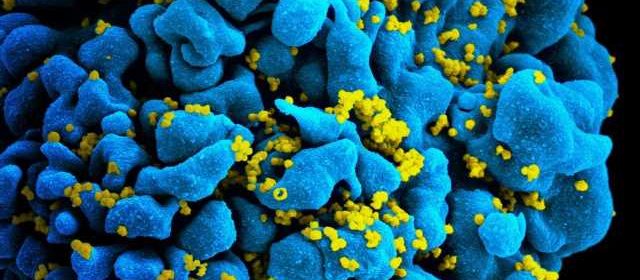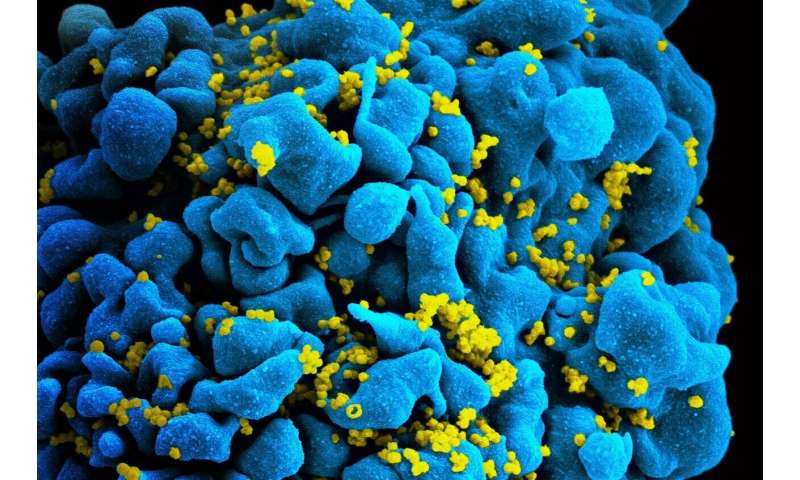New research comparing HIV medications set to change international recommendations

A new study by UBC researchers is set to change international treatment recommendations for people who are newly diagnosed with HIV—an update that could affect nearly two million people per year worldwide.
The study, published today by The Lancet in the journal EClinicalMedicine, was commissioned by the World Health Organization (WHO) as part of a planned update to its guidelines for HIV antiretroviral treatment (ART). The study found that dolutegravir is the optimal medication for first-line treatment for people newly diagnosed with HIV, a choice that has not been clear over the past several years.
“Research supporting the 2016 WHO guidelines suggested that dolutegravir was effective and well tolerated, but its efficacy and safety among key populations, such as pregnant women and people living with both HIV and tuberculosis (TB), remained unclear,” said the study’s lead author, Dr. Steve Kanters, who completed the research as a Ph.D. candidate in UBC’s School of Population and Public Health (SPPH). “In 2018, new research warned of a potentially serious increase in risk of neural tube defects in the children of women who became pregnant while taking this treatment.”
The risk of adverse reaction meant that, although dolutegravir was found to be favourable compared to other options, it was only recommended as an alternative, with an antiretroviral called efavirenz recommended as the primary treatment.
The study team, which included Dr. Nick Bansback, associate professor at SPPH, Dr. Aslam Anis, professor at SPPH and director of the Centre for Health Evaluation and Outcome Sciences (CHÉOS), and Dr. Ehsan Karim, assistant professor at SPPH, completed a network meta-analysis of research stemming from 68 available antiretroviral therapy (ART) clinical trials.
They found dolutegravir was superior to efavirenz in most outcomes, including viral suppression, tolerability, and safety. According to Kanters, the increased odds of viral suppression with dolutegravir could have a significant impact on achieving international goals for HIV treatment.
“We found about a five per cent increase in the probability of viral suppression, which means that more people who start treatment will be able to successfully control their HIV,” he said.
Another key attribute of dolutegravir is that it is effective in people who are resistant to NNRTI-class antiretrovirals, like efavirenz, a problem that is becoming increasingly common.
The analysis also showed that dolutegravir and efavirenz had similar rates of adverse events for pregnant women—the increased risk of neural tube defects for dolutegravir was estimated to be less than 0.3 per cent.
“The new evidence on neural tube defects show that the risk with dolutegravir is much more tolerable than previously thought and should quell the initial worry about this drug,” said Kanters.
“Dolutegravir appears to be here to stay as the preferred treatment for people newly diagnosed with HIV,” he said. “However, it is important to recognize the good that efavirenz has done over the past two decades, as it helped lead the ART scale-up around the world.”
Despite the many benefits of dolutegravir, dolutegravir use was associated with increased weight gain, a side effect that could increase the risk of aging-associated comorbidities, like heart attack or stroke.
“In many places, well-treated HIV has become a chronic condition and we are now seeing people living long lives with HIV,” said Kanters. “The research community will continue to monitor the effects dolutegravir may have on the healthy aging process.”
Source: Read Full Article
